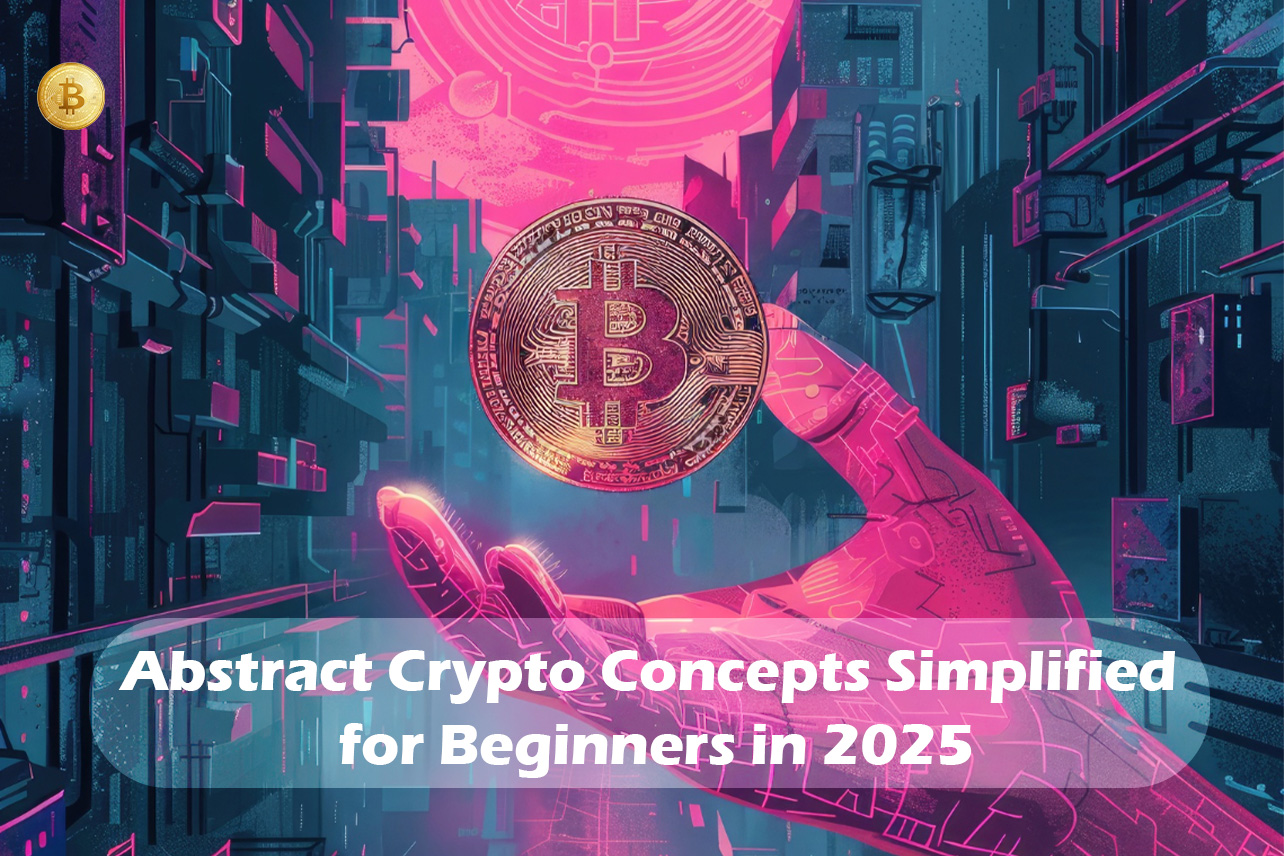Cryptocurrency and blockchain technology can be overwhelming when you first encounter them. But evidently, if one could understand the basic concepts, the complexities of the digital economy would come easier to comprehend. In this guide, we’ll simplify some abstract crypto concepts. Meaning we will give them easy interpretations that serve as simple guides for beginners gaining their confidence in this new decentralized world of finance.
What is Abstract Crypto?
The term “abstract crypto” describes not just general concepts but mechanisms that govern the workings of blockchain technology and cryptocurrencies. Things include decentralization, consensus mechanisms, smart contracts, and tokenization. The abstract crypto deals with the broader principles that serve as inspirations for the industry instead of focusing on the unique facets that deal with individual cryptocurrencies.
Key Elements of Abstract Crypto:
- Decentralization: The elimination of central authorities, ensuring peer-to-peer transactions.
- Consensus Mechanisms: The different ways blockchain networks validate transactions, such as Proof of Work (PoW) and Proof of Stake (PoS).
- Smart Contracts: Self-executing agreements that automate transactions when conditions are met.
- Tokenization: Representing real-world or digital assets as blockchain-based tokens.
Simplifying Abstract Chain Crypto
In the crypto world, a strangership term called abstract chain crypto has gained much attention lately. The term refers to modular blockchain networks under different functionalities for creating higher scalability and efficiency. Unlike monolithic blockchains that process all transactions and perform all computations on a single layer, abstract chain crypto gives way to a more agile multi-layer approach.
How Abstract Chain Crypto Works (Simplified):
- Layered Architecture: Transactions and computations occur on separate layers to optimize network speed.
- Interoperability: Different chains can communicate seamlessly, allowing for more efficient data exchange.
- Customization: Developers can build decentralized applications (dApps) tailored to specific use cases without overloading the main network.
The Benefits of Understanding Abstract Crypto Concepts
Simplifying abstract crypto concepts can empower beginners by providing a solid foundation in blockchain technology. Some key benefits include:
- Greater Investment Confidence: Knowing the functioning of a cryptocurrency allows the investor to make informed decisions regarding investments.
- Better Security Awareness: nowing about the aspects of decentralization and consensus mechanisms makes it easier for users to discern secure projects.
- Participation in DeFi: With an understanding of smart contracts and tokenization, app users are now much more able to engage effectively in decentralized finance platforms.
The Future of Abstract Chain Crypto in 2025
With blockchain adoption continuing to grow, abstract chain crypto is expected to play a crucial role in enhancing scalability and interoperability. Some anticipated advancements include:
- Enhanced Layer-2 Solutions: Improvement over scaling technologies will help decrease transaction fees and increase speed for more transactions.
- AI-Integrated Smart Contracts: An increased level of intelligence and adaptability will be introduced to automated processes in blockchain networks.
- Wider Institutional Adoption: Abstract crypto concepts can be a basis for large financial institutions to develop blockchain-related financial products.
Conclusion
Wrapping things up, beginners must understand abstract crypto and abstract chain crypto from a simple viewpoint for them to embrace the changes in the blockchain ecosystem fully. Once the core principles have been understood, newcomers can confidently join the crypto space, whether by investing, using decentralized applications, or trying out innovative financial solutions. In the next couple of years, on the road to 2025, a grasp on these basic concepts will be the main thing worth any while to anyone who wishes to enjoy benefits from the digital economy.
Disclaimer: This article is for informational purposes only and does not constitute financial or investment advice.




